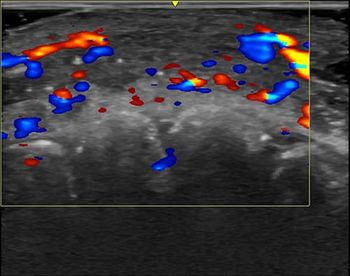Imaging is likely not indicated among children who present with nontraumatic back pain without evidence of clinical red flags, according to an article published in the Journal of the American College of Radiology. The Expert Panel on Pediatric Imaging draws up evidence-based guidelines and makes recommendations regarding the appropriateness of imaging and treatment procedures for specific clinical scenarios. In this case, using the American College of Radiology Appropriateness Criteria, the panel determined a more conservative approach be taken when assessing a child presenting with isolated back pain who does not have any clinical red flags. However, imaging should be considered for children with back pain who have or complain of the following: • Constant pain, night pain, and radicular pain, alone or in combination, lasting for 4 weeks or more; • Abnormal neurologic examination; or • Clinical and laboratory findings suggesting an infectious or neoplastic etiology. When imaging is appropriate, initial imaging should consist of spine radiographs limited to area of interest, with spine MRI without contrast to evaluate further, if needed. CT of the spine, limited to area of interest, and Tc-99m bone scan whole body with single-photon emission computed tomography may be useful in some patients. The addition of intravenous contrast is also recommended for evaluation of a potential neoplastic or infectious process. In those instances where evidence is lacking or equivocal, expert opinion may supplement the available evidence to recommend imaging or treatment.





























